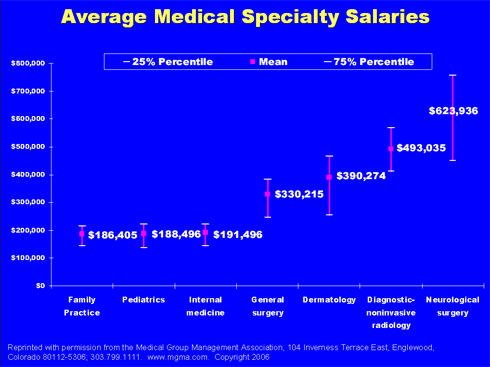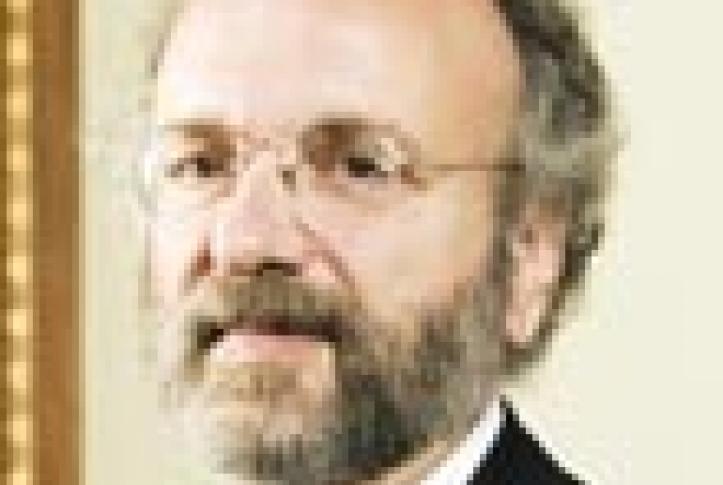By Karen Davis and Stu Guterman
In response to the Medicare Trustees' projection that more than 45 percent of Medicare spending will be financed by general tax revenues by 2013, the President has, as required by law, submitted a proposal to the Congress to reduce Medicare cost growth. The President's proposal includes some measures that would start us on the path to slowing the growth in total health care spending: investment in information technology, transparency in cost and quality information, and financial rewards to providers based on quality and efficiency.
Specifically, these provisions would encourage nationwide adoption and use of interoperable electronic health records and make personal health records available to Medicare beneficiaries. Medicare beneficiaries and the public would have access to price and cost information (including information related to the total cost of episodes of care), along with quality of care information. A portion of provider payment would be based on quality and efficiency, and beneficiaries would have incentives to use more efficient providers and preventive services. These are all positive steps.
But the President's budget also calls for across-the-board reductions in payment updates to an array of health care providers, especially hospitals, resulting in savings to Medicare of $178 billion over five years. These cuts are severe, crude, and unsustainable. Following the Medicare Payment Advisory Commission's suggestion of eliminating overpayments to Medicare Advantage plans would be a far better solution. The major emphasis, however, should be on longer term reforms, not short-term budget savings.
Minimizing Variability
Under the current system, Medicare pays very different amounts for the care of patients with similar conditions. Why Not the Best? Results from a National Scorecard on U.S. Health System Performance released by the Commonwealth Fund Commission on a High Performance Health System last year showed wide variability in Medicare outlays. For example, although the median cost of a beneficiary's hospitalization for a hip fracture was $25,995, it cost as little as $20,000 or as much as $33,000 depending on the geographic area. Similarly, average annual Medicare reimbursement for beneficiaries with multiple chronic conditions such as diabetes, heart failure, and chronic obstructive pulmonary disease ranges from $18,461 to $27,310, even adjusting for geographic differences in labor costs.
There is also wide variability in salaries across physician specialties. According to 2006 Medical Group Management Association research, the mean income for a family practice physician in a group practices was $186,405, compared with $330,215 for a dermatologist and $493,035 for a diagnostic-noninvasive radiologist.1

This salary discrepancy distorts medical students' decisions regarding specialty choice, contributing to a looming shortage of primary care physicians. It also hurts the health care system: evidence from other countries suggests that good primary care is critical to providing high-quality care while achieving cost savings. Congress is considering ways to correct scheduled reductions in physician fees; this "fix" might most productively focus on closing the gap between payment for primary care services and specialized procedures.
Improving Value, Achieving Savings
While it may seem like improving quality and containing costs are competing goals, the Aiming Higher: Results from a State Scorecard on Health System Performance released by the Commission on a High Performance Health System last June found no systematic relationship between the cost and quality of care across states. In fact, some states achieve high quality at much lower cost.
The Bending the Curve: Options for Achieving Savings and Improving Value in the U.S. System, published in December, laid out 15 options for improving value while achieving savings. Many of these options focus on payment reform strategies, and are applicable to Medicare.
One policy option in Bending the Curve that could lay the groundwork for payment reform is the establishment of a Center for Medical Effectiveness and Health Care Decision-Making. By generating information, as well as creating payment and cost-sharing incentives for providers and consumers to use it, the health system savings that could be produced by such a center were estimated at $368 billion over 10 years, shared by all payers. Likewise, the National Quality Forum is creating a framework for efficiency that will offer information providers can use to measure and report on efficiency.
Another policy from that report would strengthen primary care and care coordination though patient-centered medical homes, which I have discussed in previous columns drawing upon Fund research. With this option, practices that serve as medical homes by offering accessible, coordinated care would receive a per-enrollee fee from private and public insurers. This strategy is already being employed in the private sector. The Bridges to Excellence Medical Home Payment Initiative, which counts large employers such GE and Ford among its participants, is now offering to pay physicians that meet patient-centered medical home standards $125 per patient annually.
Limiting or freezing Medicare payment rate updates in high-cost areas would also help level the payment playing field among providers. Despite geographic variation in costs of care, updates to payment rates are applied nationally. As the Bending the Curve report points out, the same update is applied in Miami, Florida—where Medicare spending per beneficiary was $11,352 in 2003—and Salem, Oregon—where Medicare spending per beneficiary was $4,273 that year. Freezing payment rates to hospitals and physicians in areas with above-median costs could save Medicare $260 billion over 10 years. To avoid penalizing efficient providers in high-cost areas, Medicare could make additional payments to hospitals and physicians in organized care systems with average or below-average costs.
Medicare also could target waste by developing incentives to reduce hospital readmissions and continuing its current initiative to eliminate reimbursement for hospital-acquired infections and avoidable "never events." Medicare could encourage private insurers and Medicaid to follow its lead in this "scalpel" approach, rather than the "ax" approach of across-the-board cuts, and save additional dollars for both Medicaid and private insurers.
Establishing a Medicare pay-for-performance program in all hospitals is another key strategy and one that could spur payment reform outside of Medicare as well. We already have a model that works—the Centers for Medicare and Medicaid Services (CMS)/Premier Hospital Quality Incentive Demonstration. Participating hospitals have reported that their median composite quality scores, a combination of clinical quality measures and outcome measures, improved significantly between the inception of the program in October 1, 2003, through June 30, 2007, in all five clinical focus areas: heart attack, CABG (bypass), pneumonia, heart failure, and knee replacement. Better quality is often associated with lower costs—fewer complications, fewer readmissions, and shorter hospital stays.
While embarking on payment reform is daunting for many stakeholders, we must transform our inequitable, inefficient, and inflationary payment methods. The strategies I've outlined above would help right many of the existing imbalances while simultaneously improving quality and containing costs. The Congress and the President should work together to begin work on payment reform within Medicare and the larger health care system.
As always, I'm interested in your feedback. Please take advantage of our commenting feature by clicking on the "Submit a Comment" button. Select comments will be published on this page.

Written with the assistance of Christine Haran
1Reprinted with permission from the Medical Group Management Association, 104 Inverness Terrace East, Englewood, Colorado 80112-5306; 303-799-1111. www.mgma.com. Copyright 2007



